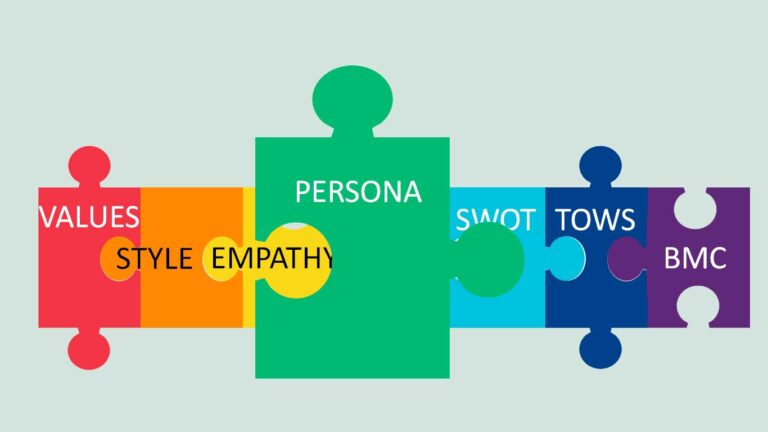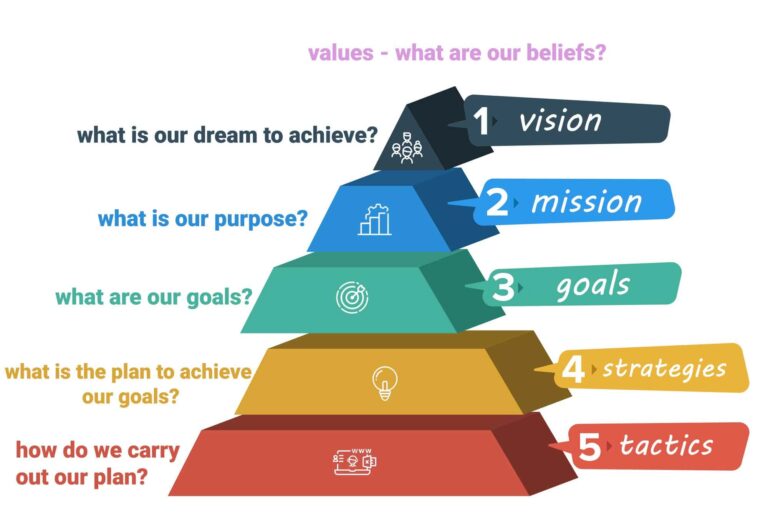
Understand Customers with User Personas
To be able to understand how to sell your product or service to your target customers you need to know what customer experience you should provide. In many phases of your business you need to target your product and services, marketing efforts, and your strategy to your ideal customer therefore you need to create personas.
The customer persona is not real, but represents who you think your customer is. You can base it on an existing customer or anyone from your customer base.
To find out the type of customer that will be your target audience then use interviews and observations to find out about who is your buyer persona. Understanding their pain points will help you focus on the perfect customer journey, and make your business successful.
There are persona templates online, or you can make your own. Remember the persona can help you understand your customer segment.
Below we use the student demographic as a persona example so we can use interviews in the classroom to gain knowledge on how the persona may visualize our real customers.
Create a Customer Persona
persona activity instructions
- gain details of your target customer, either by interviews or your own thoughts
- write the relevant details into a persona template
- include information that help target your product, sales and marketing
Persona Examples

download persona template

download empty persona template or completed persona template
See more examples of empathy maps and personas
How to write a business strategic plan
Follow the stages in the business strategic pyramid to create, implement and achieve your mission. Good luck!

Use Customer Personas
During your project you can use your customer persona to show why you are using a strategy or tactics to sell to this type of customer and what pain points they have that you satisfy.
Customer Analysis
Understanding the customer is crucial when starting a business for several reasons:
- Market Validation: Understanding your target customers helps validate your business idea. It ensures that there is a real demand for your product or service in the market, reducing the risk of failure.
- Product-Market Fit: Knowing your customers’ needs, preferences, and pain points allows you to tailor your product or service to better meet their expectations. Achieving product-market fit is essential for long-term success.
- Competitive Advantage: Customer insights can give you a competitive edge by identifying unique selling points and opportunities to differentiate your business from competitors.
- Marketing and Positioning: Understanding your customers helps in crafting effective marketing strategies and positioning your business in a way that resonates with the target audience. You can tailor your messaging and branding to address customer motivations and concerns.
- Customer Acquisition: Knowledge of your customers’ behavior and preferences informs your customer acquisition strategy. You can choose the most effective channels and methods to reach and convert potential customers.
- Customer Retention: Satisfied customers are more likely to become repeat buyers and brand advocates. Understanding their needs and providing excellent customer service can improve customer retention.
- Innovation and Adaptation: Continuous understanding of your customers enables your business to adapt to changing market conditions and evolving customer expectations. It allows you to innovate and stay relevant.
- Risk Mitigation: Knowing your customers reduces business risks by helping you make informed decisions. It minimizes the chances of investing in products or services that do not align with customer needs.
- Feedback and Improvement: Customer feedback is invaluable for identifying areas of improvement. It can lead to product enhancements, better customer experiences, and increased customer satisfaction.
- Revenue Growth: Satisfied customers are more likely to make repeat purchases and refer others to your business, contributing to revenue growth.
- Building Trust and Loyalty: Understanding your customers’ values and aligning your business with their values fosters trust and loyalty. Customers are more likely to engage with businesses they trust.
